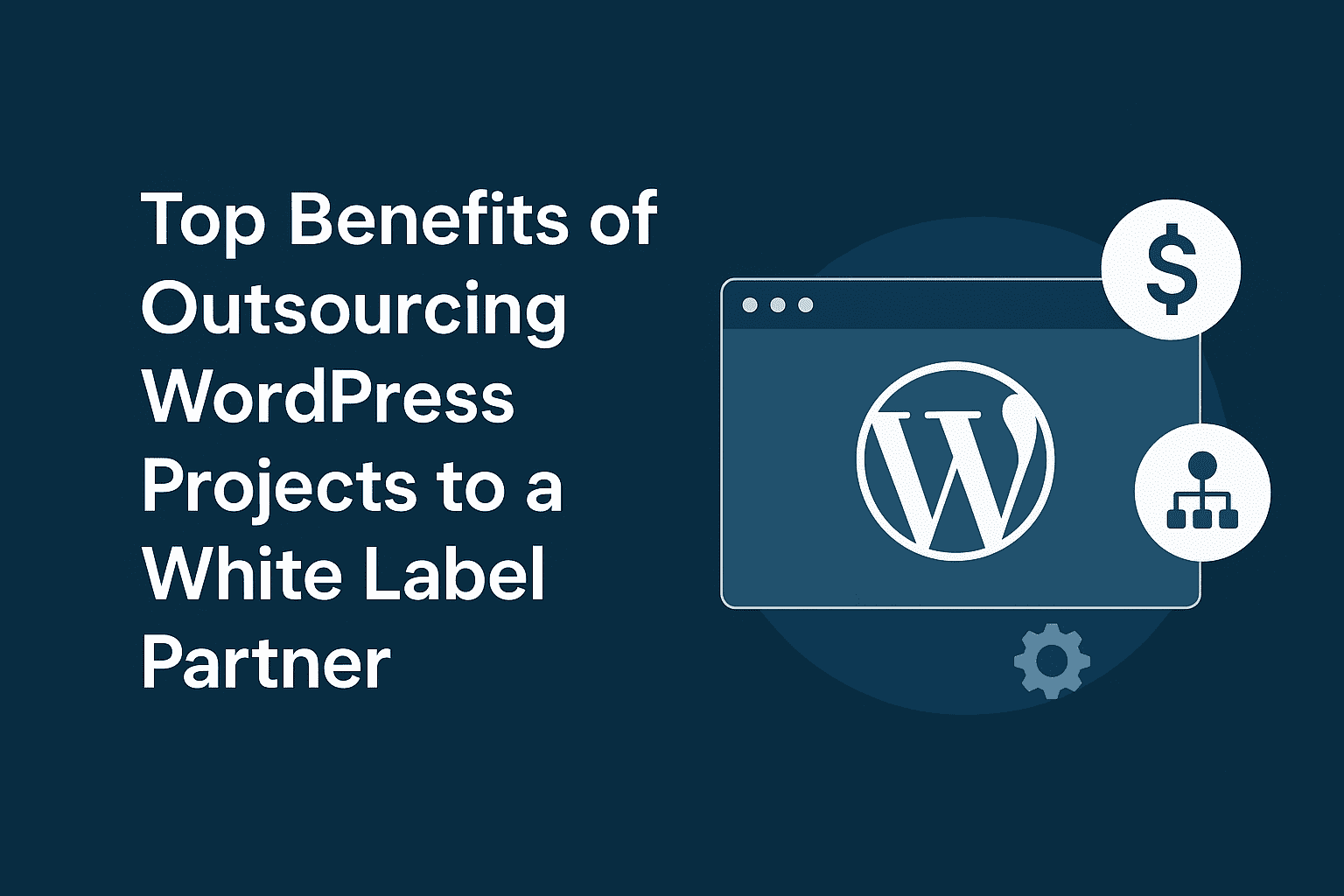Introduction
In the ever-evolving landscape of web development, performance, flexibility, and user experience have become the cornerstone of success for modern websites. Traditional content management systems (CMS) like WordPress have long dominated the web due to their ease of use, extensive plugin ecosystem, and strong community support. However, with the rise of technologies focused on speed, scalability, and omnichannel content delivery, a new architectural approach has emerged: Headless WordPress.
Headless WordPress decouples the front-end presentation layer from the back-end content management, allowing developers to leverage modern JavaScript frameworks like React, Vue, or Angular while still managing content through WordPress. This separation offers unmatched performance, enhanced security, and the ability to deliver content across multiple platforms seamlessly.
In this comprehensive guide, we’ll explore what Headless WordPress is, its benefits and challenges, how it compares to traditional WordPress setups, and why it’s shaping the future of high-performance websites.
What is Headless WordPress?
Headless WordPress refers to a website architecture where WordPress functions purely as a back-end CMS (the “body”) without being responsible for rendering the front-end (the “head”). Instead of using WordPress’s built-in themes and PHP templates, the front-end is developed separately, often with modern JavaScript frameworks. Communication between the back-end and front-end happens via REST API or GraphQL.
Key Components:
- Back-end (WordPress): Manages content creation, storage, and administration.
- Front-end (Head): Built using frameworks like React (Gatsby, Next.js), Vue (Nuxt.js), or Angular for fast, dynamic interfaces.
- APIs: Serve as a bridge to deliver content from the WordPress database to the front-end.
Benefits of Headless WordPress
1. Unparalleled Performance
Headless setups significantly improve page load speeds. Modern JavaScript frameworks enable static site generation (SSG) and server-side rendering (SSR), reducing time-to-first-byte (TTFB) and enhancing Core Web Vitals—crucial for SEO rankings.
2. Omnichannel Content Delivery
Content can be pushed to websites, mobile apps, IoT devices, and digital signage from a single WordPress instance, ensuring consistency across all platforms.
3. Developer Flexibility
Developers are not restricted to PHP and WordPress’s theme architecture. They can use modern tools and frameworks to build custom, dynamic user interfaces.
4. Enhanced Security
Since the front-end and back-end are decoupled, potential attack vectors (like common WordPress vulnerabilities) are minimized. The back-end can even be hosted on a private server, inaccessible to the public.
5. Scalability
Headless architecture allows websites to handle large volumes of traffic efficiently. Front-end frameworks can easily scale horizontally without stressing the back-end.
6. Future-Proofing
APIs provide a flexible foundation that adapts to emerging technologies, ensuring the website remains relevant as new platforms and devices are introduced.
Challenges of Headless WordPress
While the benefits are significant, Headless WordPress comes with its own set of challenges:
1. Increased Complexity
Managing separate front-end and back-end environments requires more technical expertise, making it less beginner-friendly compared to traditional WordPress.
2. Higher Development Costs
The need for specialized developers familiar with modern JavaScript frameworks can increase development time and costs.
3. Loss of Plugin Functionality
Many WordPress plugins are designed for traditional themes and may not work out-of-the-box in a headless setup. Custom integrations might be required.
4. Content Preview Limitations
Real-time content previews, a staple in traditional WordPress, are harder to implement in a headless environment without custom development.
Traditional WordPress vs. Headless WordPress
| Feature | Traditional WordPress | Headless WordPress |
|---|---|---|
| Front-end Technology | PHP, HTML, CSS | React, Vue, Angular, etc. |
| Performance | Good (with optimizations) | Excellent (static generation, SSR) |
| Flexibility | Limited to WordPress themes | Highly flexible with custom front-ends |
| Omnichannel Support | Limited | Native support for multiple platforms |
| Security | Vulnerable to common WP attacks | Enhanced (API-driven, decoupled architecture) |
| Development Complexity | Simple (great for non-developers) | Complex (requires advanced coding skills) |
Technologies Powering Headless WordPress
1. REST API vs. GraphQL
- REST API: Native to WordPress, easy to implement but can be less efficient with complex data queries.
- GraphQL: Offers more flexibility, allowing clients to request exactly the data they need, improving performance.
2. Front-end Frameworks:
- React (Next.js, Gatsby): Popular for static sites and dynamic web apps.
- Vue (Nuxt.js): Lightweight and beginner-friendly, great for interactive UIs.
- Angular: Enterprise-grade framework with powerful tooling for large applications.
3. Static Site Generators (SSG):
- Gatsby: Builds blazing-fast static sites with React.
- Next.js: Supports both SSG and SSR, offering flexibility.
Use Cases for Headless WordPress
- High-Traffic Websites: News portals, eCommerce platforms, and enterprise sites benefit from improved scalability.
- Mobile Apps: Deliver consistent content across web and mobile applications.
- IoT Devices: Use APIs to push content to smart devices.
- Progressive Web Apps (PWAs): Build fast, app-like experiences.
Best Practices for Implementing Headless WordPress
- Optimize API Calls: Reduce latency with efficient queries.
- Implement Caching: Use CDN caching for faster content delivery.
- Secure APIs: Implement authentication protocols like OAuth.
- Automate Deployments: Use CI/CD pipelines for streamlined development.
The Future of Headless WordPress
As businesses demand faster, more scalable, and flexible digital experiences, Headless WordPress is positioned to become the standard for high-performance websites. The combination of WordPress’s robust content management with modern front-end technologies provides the perfect balance of usability and technical excellence.
Emerging trends like JAMstack architecture, serverless functions, and AI-driven content personalization will continue to shape the evolution of headless web development.
If you’re ready to elevate your website’s performance or need expert guidance on Headless WordPress development, Contact today. Let’s build high-performance, scalable solutions tailored to your needs!



